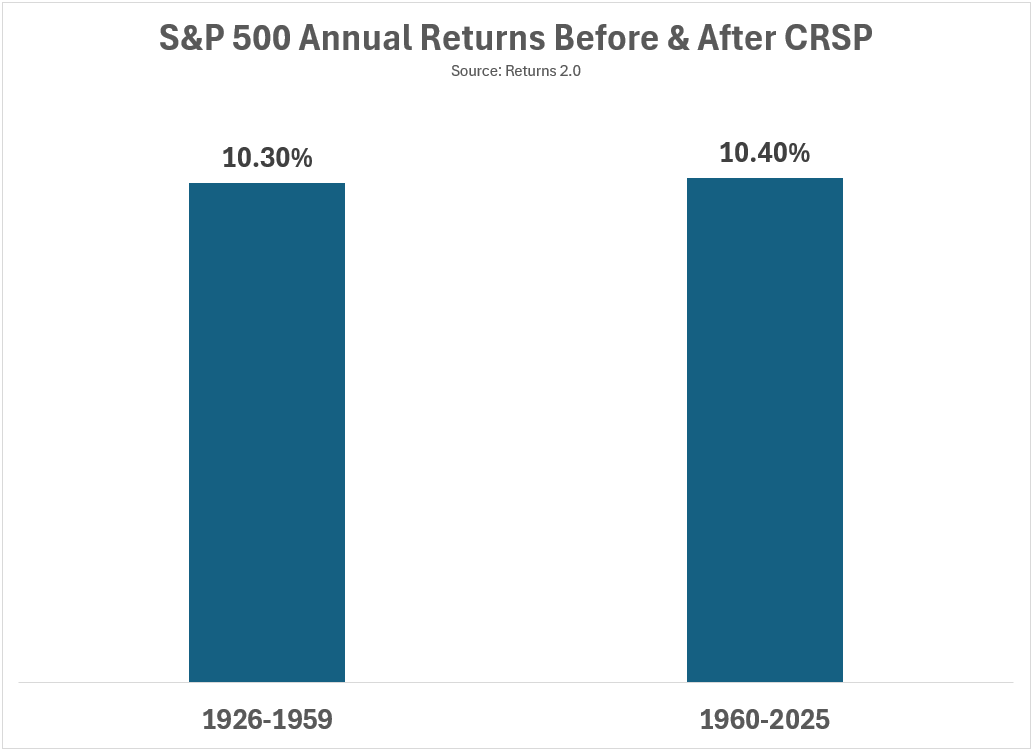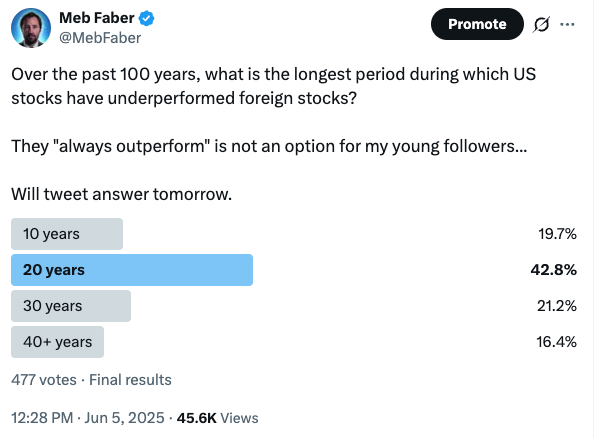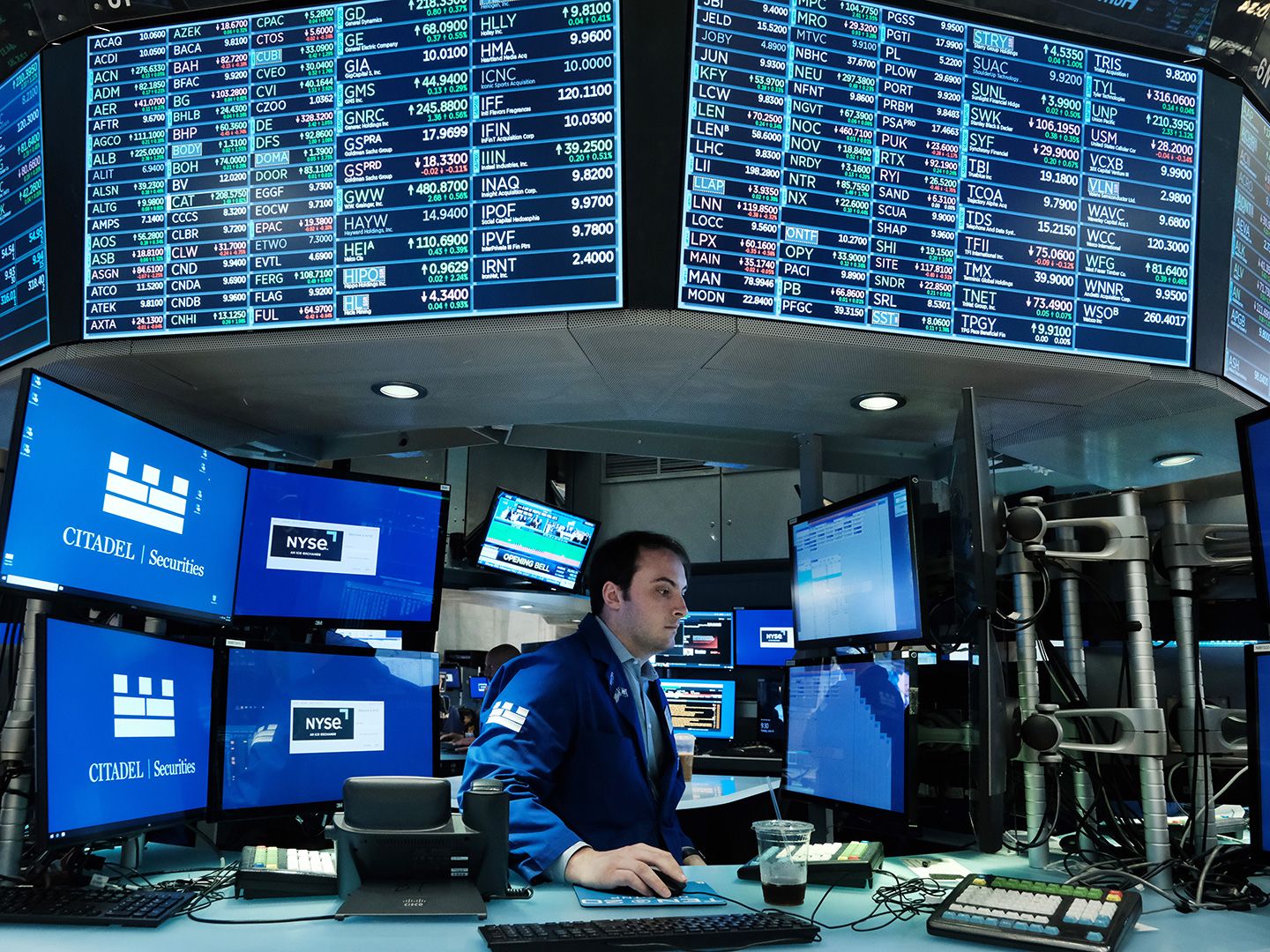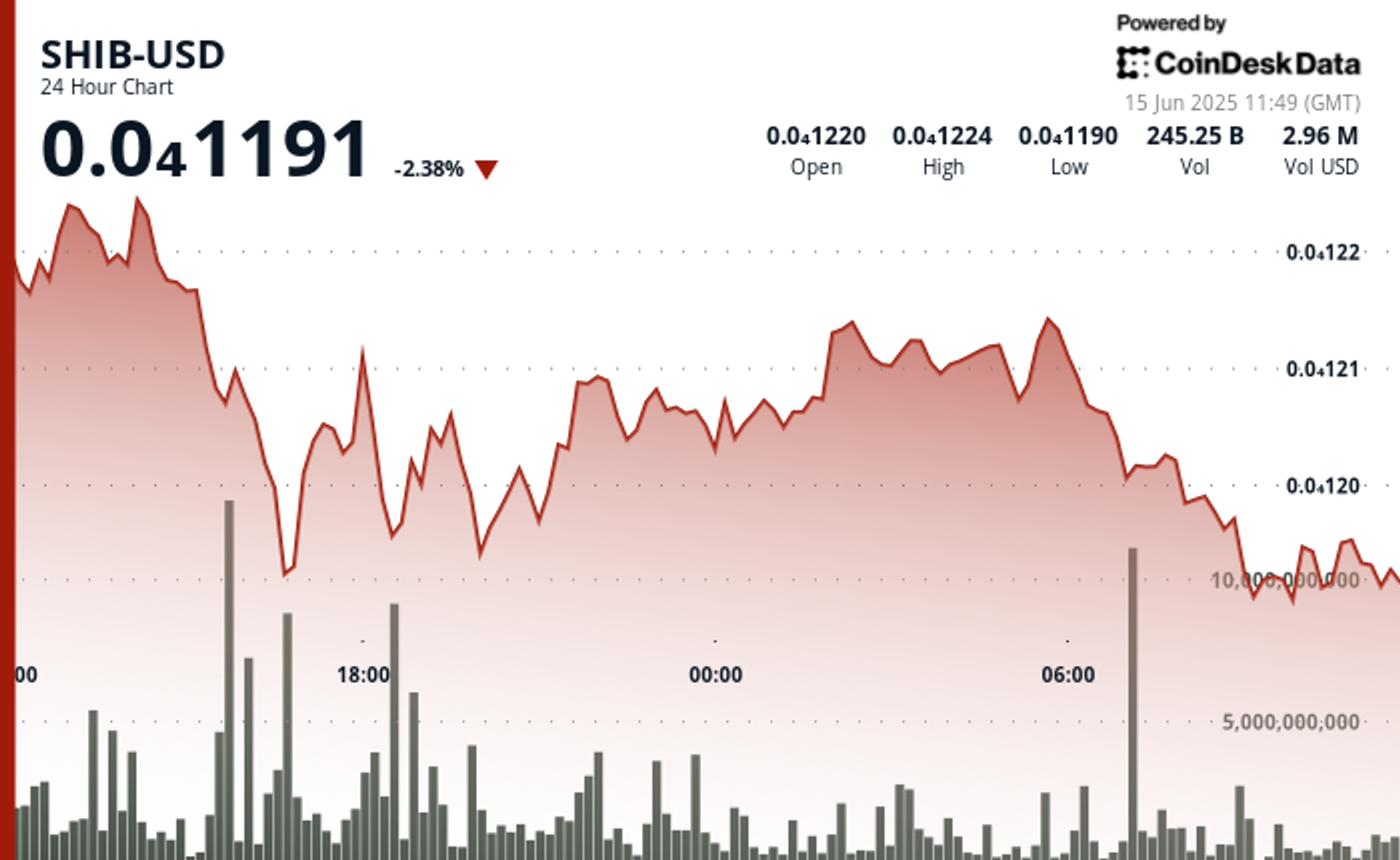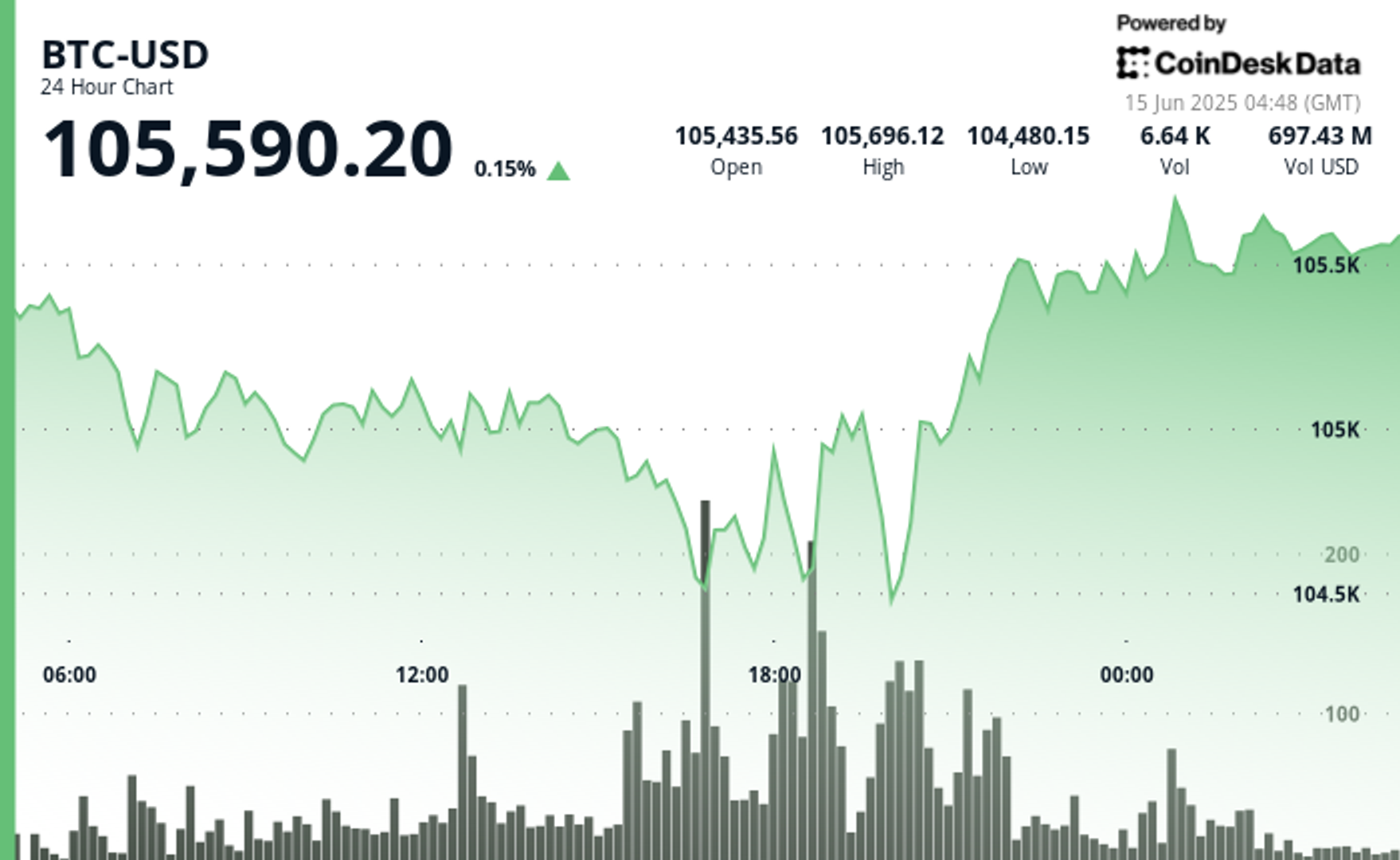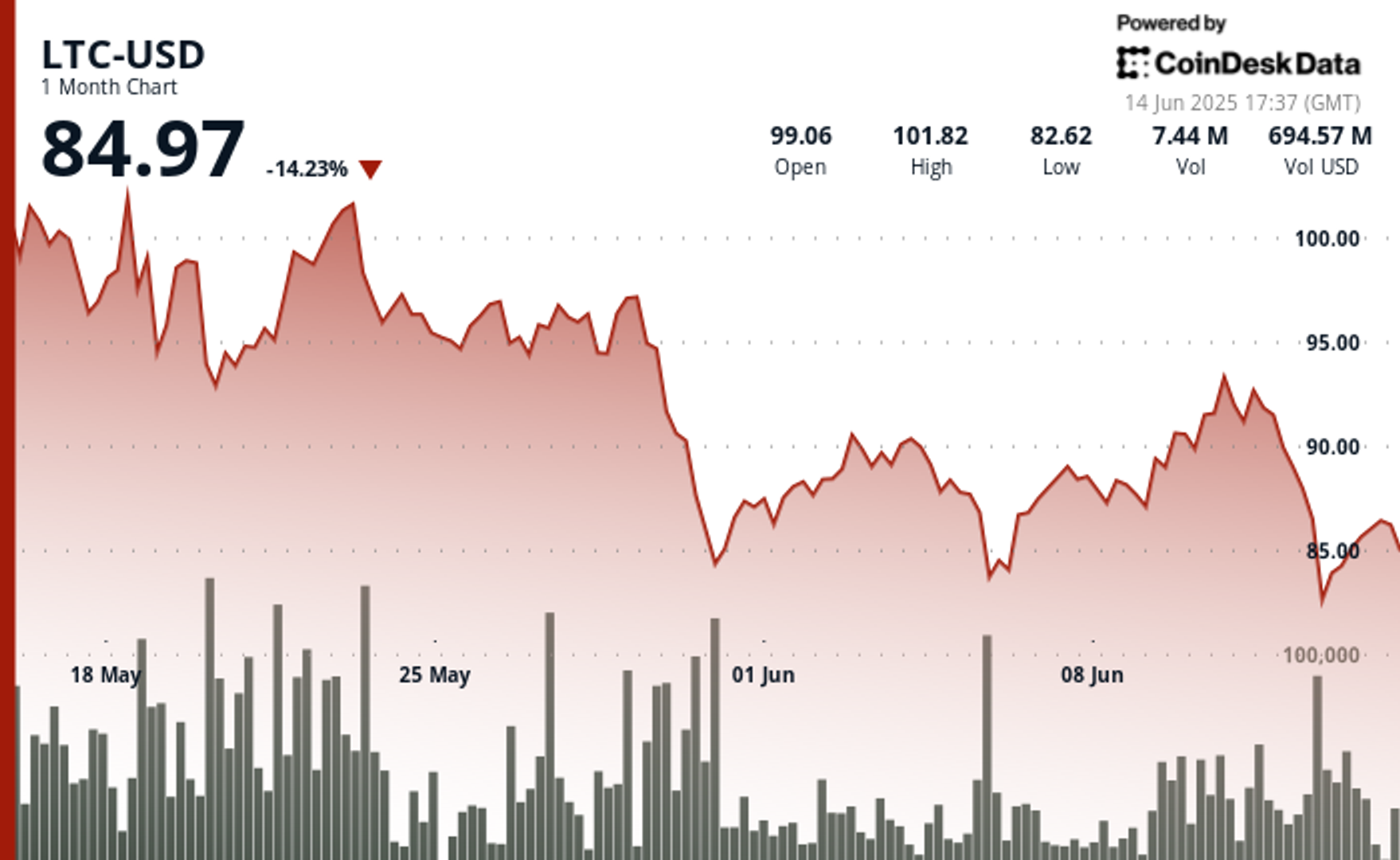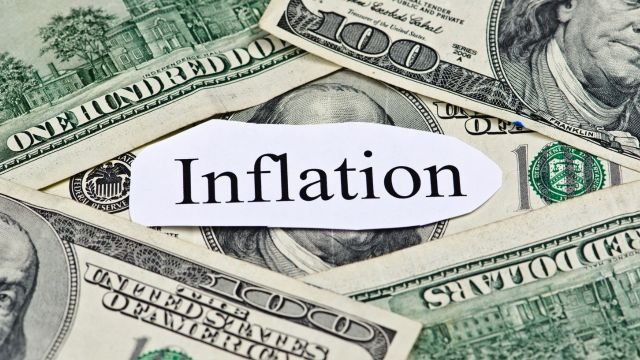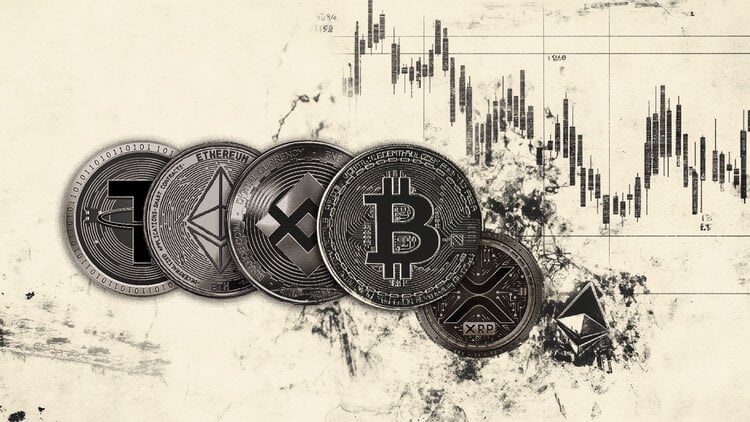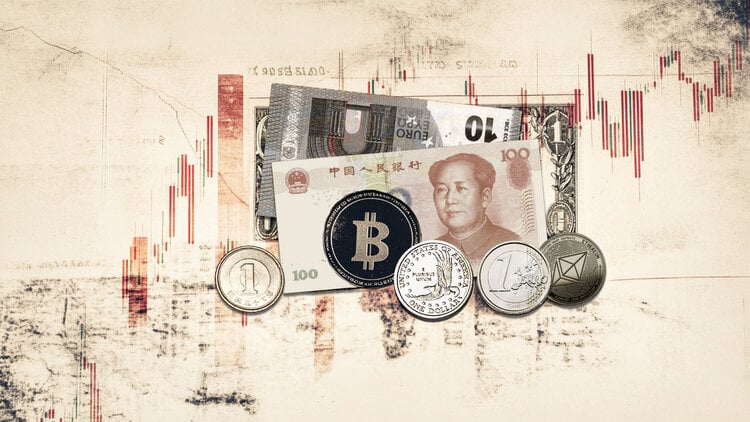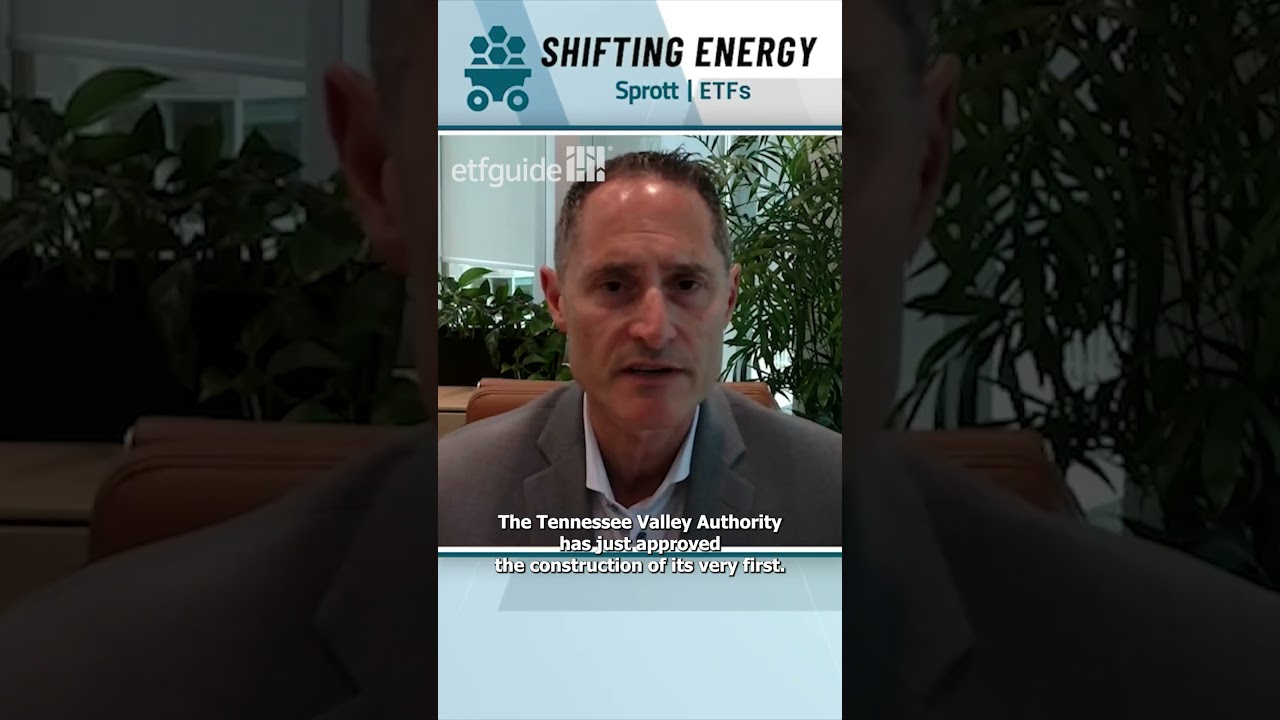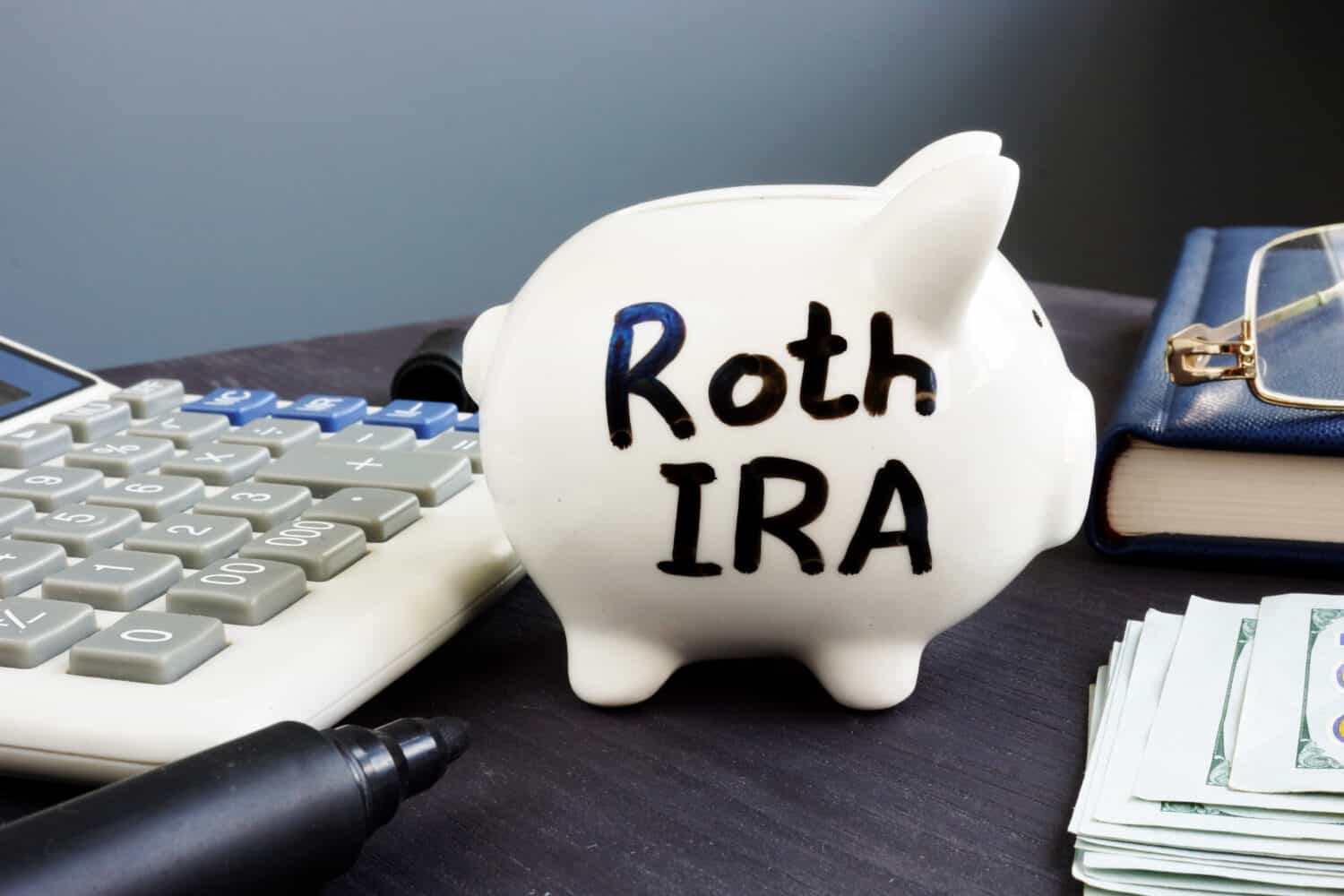The Only 5 Monthly Dividend ETFs You’ll Ever Need (And Why)
Getting a monthly dividend check from your investments is a luxury not all ETFs offer. Like most companies that pay dividends, the majority of dividend-focused ETFs distribute income quarterly. However, with nearly 4,000 ETFs now trading in the U.S. market, finding precisely what you need is possible if you know where to look. We’ve done […] The post The Only 5 Monthly Dividend ETFs You’ll Ever Need (And Why) appeared first on 24/7 Wall St..

Key Points
-
Through the JEPI ETF’s strategy, JPMorgan buys stocks and then proceeds to sell call options on them.
-
Wisdom Tree’s DHS offers exposure to high-yielding U.S. stocks, quenching a desire for both potential capital appreciation and income.
-
This SPDR ETF seeks to replicate the performance of the Dow 30 blue-chip stocks while making monthly cash distributions.
-
Are you ahead, or behind on retirement? SmartAsset’s free tool can match you with a financial advisor in minutes to help you answer that today. Each advisor has been carefully vetted, and must act in your best interests. Don’t waste another minute; get started by clicking here.(Sponsor)
Getting a monthly dividend check from your investments is a luxury not all ETFs offer. Like most companies that pay dividends, the majority of dividend-focused ETFs distribute income quarterly. However, with nearly 4,000 ETFs now trading in the U.S. market, finding precisely what you need is possible if you know where to look. We’ve done that research for you and uncovered a select group of ETFs that could simplify your income investing.
Through these five ETFs, you can not only collect monthly income but also gain significant market exposure to many of the very companies driving the economy. We’ve included funds that track major indices like the S&P 500, Dow Jones Industrial Average, and the tech-heavy Nasdaq Composite, alongside a few others for good measure. You’ll also gain global exposure, introducing regional and interest rate diversification to your investment portfolio to offset volatility.
Once you align with broader market performance, there’s often little need to explore other ETFs, unless you are equipped to cherry pick individual stocks yourself. This is why we’re confident that these five ETFs—each providing monthly dividends—can meet your core income and market exposure needs.
1. JPMorgan Equity Premium Income ETF (JEPI)
The JPMorgan Equity Premium Income ETF (JEPI) pursues a strategy to deliver monthly income and exposure to stocks with minimal volatility, keeping investors off the roller coaster ride. As an actively managed ETF, JEPI’s fund managers hand select the stocks in the fund. However, it’s a bit more complex than simply buying stocks. Through this strategy, JPMorgan buys stocks and then proceeds to sell call options on them, giving the buyer an opportunity for a profit. While ETF investors share in some of those profits, they are mainly drawn to JEPI for the high dividend yield.
JEPI boasts a 30-day yield of 11.38%, which can be viewed as an estimate of dividend income. With an expense ratio of 0.35%, below the ETF average of 0.52%, investors can pocket most of it. The YTD return is 1.29%, reflecting a low-risk strategy coupled with a challenging tariff-ridden market climate. Over the past one year, this ETF has delivered returns of 6.7%. If you had invested $10,000 into JEPI since the fund’s inception in 2020, you’d be sitting on nearly $17,200 today, including dividends and capital gains reinvested.
This ETF dives into several different sectors, including communication services, consumer discretionary and staples, financials, technology and more. By investing in JEPI, you gain exposure to industry leaders like Visa (NYSE: V), Mastercard (NYSE: MA) as well as Big Tech stocks including Meta Platforms (Nasdaq: META), Microsoft (Nasdaq: MSFT) and Amazon (Nasdaq: AMZN), among others.
2. Wisdom Tree U.S. High Dividend Fund (DHS)
Next up is the Wisdom Tree U.S. High Dividend Funds (DHS), boasting a dividend yield of 4.01%. The philosophy behind this ETF is that the market cap weighted strategy is flawed. Instead, Wisdom Tree emphasizes fundamentals and relative value as pillars of the investment model.
DHS tracks the underlying performance of the firm’s U.S. High Dividend Index. Through it, investors gain exposure to high-yielding U.S. stocks, quenching a desire for both potential capital appreciation and income. Given its hefty large-cap focus, this ETF strategy can also take the place of other large-cap value as well as both active and passive dividend strategies, hence qualifying it as one of the only dividend ETFs you’ll ever need.
DHS carries a net expense ratio of 0.38%, again better than average. DHS NAV returns are 6.75% and 18.6% year-to-date and over the past 12 months, respectively, outperforming the Russell 1000 index in both time periods. Among the top holdings in the DHS ETF include solid dividend payers like Philip Morris, Johnson & Johnson (NYSE: JNJ) and Exxon Mobil (NYSE: XOM), to name a few and reflecting the broad sector exposure of the fund.
3. Global X Super Dividend ETF (SDIV)
Taking the No. 3 spot on our list is the Global X Super Dividend ESTF (SDIV), which “tracks the performance of 100 equally weighted companies that rank among the highest dividend yielding equity securities in the world,” per Global X. This fund boasts several compelling features, not least high income potential from 100 of the top paying stocks around the globe. Additionally, SDIV has a track record of making monthly dividend distributions over the past 13 years, giving investors confidence that the income stream will remain. SDIV offers investors global exposure, providing portfolio diversification from both a regional and interest rate perspective.
The SDIV has an expense ratio of 0.58%, which is slightly higher than most. But the trailing 12-month distribution yield is also higher than most, hovering at 10.49%. So far in 2025, this ETF’s monthly dividend payout amounts to $0.193000 per share.
On performance, SDIV has delivered returns of 3.45% and 7.2% year-to-date and over the past 12 months, respectively. This ETF offers investors exposure to sectors ranging from energy to mortgage REITs and beyond as well as regional exposure to countries like the U.S., Hong Kong, Brazil and China, among others. Top holdings include Bright Smart, Marfrig Global Foods, Kerry Properties, and more.
4. Invesco S&P 500 High Dividend Low Volatility ETF (SPHD)
Here’s one worth waiting for – the Invesco S&P 500 High Dividend Low Volatility ETF (SPHD), offering investors the best of both world. For investors hunting both income and stability, Invesco’s SPHD offers a compelling approach. It aims to deliver income from S&P 500 companies, but with a clever twist: a low volatility screen designed to help investors avoid potential “value traps” and temper the inherent swings of high-dividend stocks.
This fund strategy is to invest a minimum of 90% of its assets in stocks that belong to the most popular stock market index, the S&P 500. The index is comprised of 50 stocks that are also members of the broader market index, limiting its selection to those companies with high dividend yields and low volatility. Based on the S&P 500 Low Volatility High Dividend Index, this ETF is rebalanced twice per year.
Invesco’s SPHD ETF, which has been in the market since 2012, has a distribution rate of 3.65% attached, while over the past 12 months it has delivered returns of 9.41%. While this lags the S&P 500 somewhat, you are also missing out on much of the volatility that is inherent with the broader markets, especially lately. The expense ratio is among the lowest you’ll find at 0.30%. Most investors will recognize the names of this ETF’s top holdings, which include Altria Group (NYSE: MO), Crown Castle (CCI), Verizon Communications (NYSE: VZ), VICI Properties and Realty Income Corp (NYSE: O).
5. The SPDR Dow Jones Industrial Average ETF Trust (DIA)
Last but not least, we come to the SPDR Dow Jones Industrial Average ETF Trust (DIA), which is issued by State Street and seeks to replicate the performance of the Dow 30 blue-chip stocks. As the oldest gauge of stock market performance, the Dow is perhaps the most widely cited index of market performance. Investors gain narrow exposure to large-cap stocks, and members of this ETF are weighted by price, not market cap. DIA generally mimics the performance of the market but with less volatility, and ETF re-weightings can shift sector exposure.
With a distribution yield of 1.49%, this ETF pays cash dividends monthly. While its year-to-date performance is flat, alongside the Dow, the DIA ETF has delivered returns of 10.9% over the past 12 months. This ETF offers investors wide exposure to sectors like financial services and technology. The main holdings include Goldman Sachs (NYSE: GS), Microsoft (Nasdaq: MSFT), Visa (NYSE: V), Caterpillar (NYSE: CAT) and Home Depot (NYSE: HD), the common theme of which is steady income. It’s hard to bet against the index that is synonymous with the New York Stock Exchange, and monthly dividend income only sweetens the pot.
The post The Only 5 Monthly Dividend ETFs You’ll Ever Need (And Why) appeared first on 24/7 Wall St..


































































